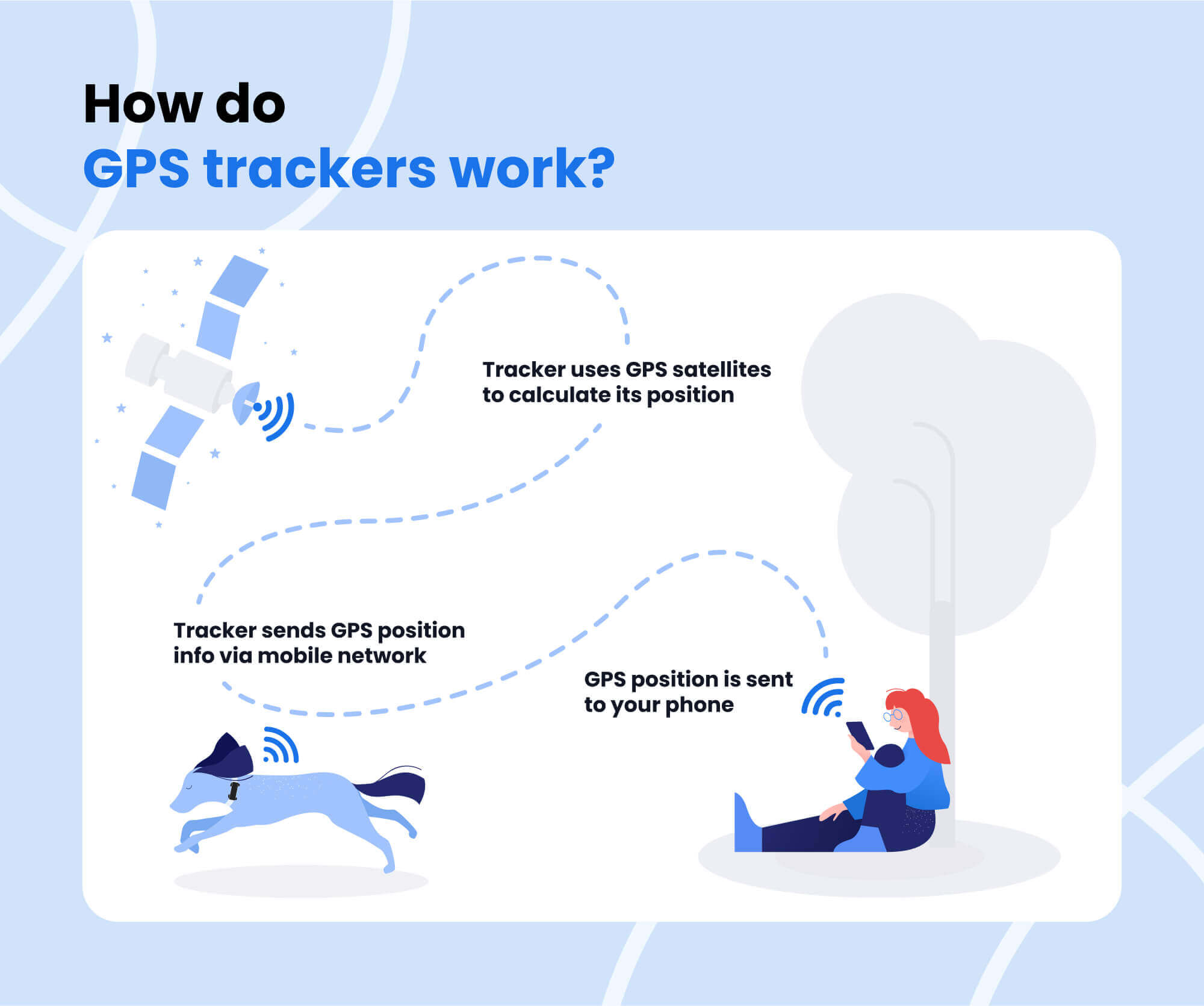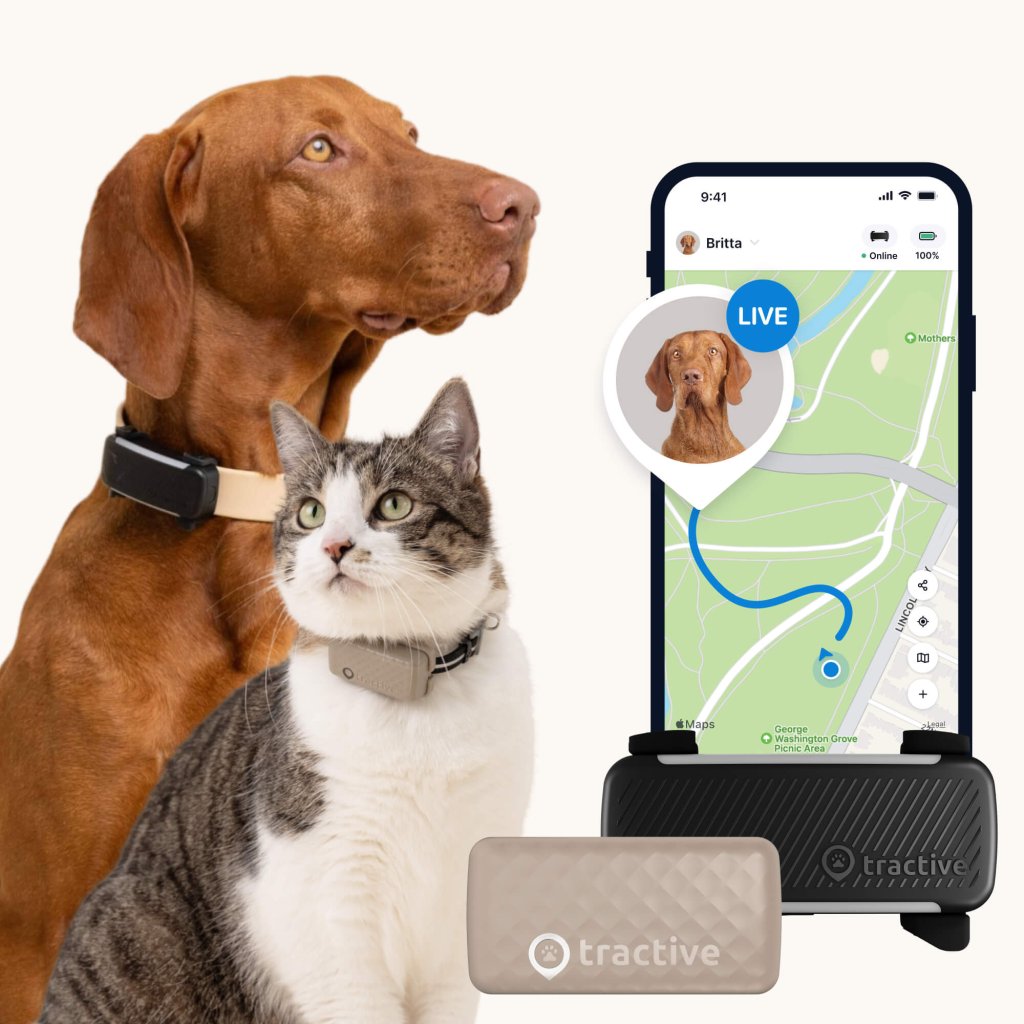How Do GPS Trackers Work? A Simple Guide To GPS Tracking
Discover how GPS trackers work — from satellites to real-time location sharing — and how this technology helps keep people, packages, and pets safe.
Ever wondered how your phone, car, or even your furry friend’s tracker knows exactly where they are? That’s the magic of GPS technology! Read more to learn how GPS trackers work and all their uses — from keeping track of packages to finding lost pets.
Key Takeaways
- GPS stands for Global Positioning System, a network of satellites orbiting Earth.
- GPS trackers receive signals from these satellites to pinpoint exact locations.
- Most modern trackers use cellular networks to send location data in real time.
- GPS trackers are used in navigation, logistics, personal safety — and even pet care!
What is GPS and how does it work?
GPS stands for Global Positioning System, a technology developed by the U.S. military1. It uses a network of 30+ satellites that circle the Earth in precise orbits. These satellites constantly send out signals that GPS receivers — like those in phones or trackers — can pick up2.
Here’s a super simple explanation of how it works:
- A GPS receiver on the ground listens to signals from at least four satellites.
- By measuring the time it takes for each signal to arrive, the receiver can calculate the distance to each satellite.
- With these distances, the receiver uses a method called trilateration to figure out its exact position on Earth — down to a few meters or less.
Think of it like a cosmic game of “hot and cold,” but way more precise!

Types of GPS tracking devices
Not all GPS trackers are the same. Depending on what they’re used for, they can have different shapes, features, and ways to share data. Here are a few common types:
- Real-time GPS trackers: These share location live via the internet or mobile networks.
- GPS loggers: They store location data internally and must be retrieved later.
- Personal GPS trackers: Small, portable trackers for kids, elderly family members, or pets.
- Vehicle GPS trackers: Often used in cars or trucks to track movement and location.
- Asset trackers: Used for shipping and logistics to track packages and equipment.
How GPS trackers share location data
Finding a location is just the first step — next, a tracker needs to send that data somewhere useful. Most modern GPS trackers use a mix of:
- Cellular networks (like 4G/LTE) to transmit live location to an app or online platform.
- Bluetooth for close-range syncing.
- Wi-Fi or RFID for location confirmation indoors or when GPS signal is weak.
So, while GPS tells the tracker “where,” cellular or Wi-Fi helps it say “here’s my location!”
Common uses for GPS trackers
GPS trackers are used all around us — and often in ways you might not realize. Some examples:
- Navigation: Helping you get from point A to point B using your phone or car GPS.
- Logistics & delivery: Tracking where your package is on its journey.
- Fleet management: Keeping tabs on vehicles and improving efficiency for businesses.
- Outdoor adventures: Staying safe while hiking, biking, or exploring.
- Family safety: Checking on pets, kids or elderly family members for peace of mind.

Keep your pets healthy & safe
Get real-time location information, wherever they go. See how much – or how little – activity they’re getting. And get Health Alerts if something might be wrong.
How accurate are GPS trackers?
GPS trackers are generally pretty spot on, with most devices providing location accuracy within 5 to 10 meters (16 to 32 feet). However, this can vary a bit depending on things like the quality of the GPS receiver, the environment around you, and how well satellite signals are coming through. For example, if you’re in an open area with a clear view of the sky, the GPS will typically work best. On the other hand, areas with lots of trees, tall buildings, or bad weather might cause the signal to drop a little, which can affect the accuracy.
How far does a GPS tracker work?
The range of a GPS tracker really depends on how it communicates. For trackers that use cellular networks—like those in pet trackers—the range can be almost unlimited as long as there’s cellular coverage. This means your pet’s tracker can work pretty much anywhere with a mobile signal, no matter how far away that might be.
Bluetooth-based trackers, though, have a much shorter range—usually up to about 100 meters—and only work when your pet is close by. Wi-Fi trackers are similar, with their range depending on the strength of the Wi-Fi network they’re connected to.
How GPS tracking keeps pets safe
Did you know? For pet parents, GPS trackers can be a game-changer. If your pup loves exploring or your cat slips out of the yard, knowing exactly where they are — in real-time — can make all the difference.

That’s where the Tractive GPS & Health Tracker for dogs or cats comes in:
- Tracks your furry friend’s location live, so you’ll never lose sight of them.
- Lets you set up a Virtual Fence that alerts you if they leave a safe area.
- Offers Health Alerts and Activity Monitoring to help you care for them even better.
So now you know: GPS tracking works thanks to an amazing collaboration between satellites, signal timing, and smart technology. Whether it’s helping you find your way or making sure your pet stays safe, GPS is one of the most useful tools in our modern world.




